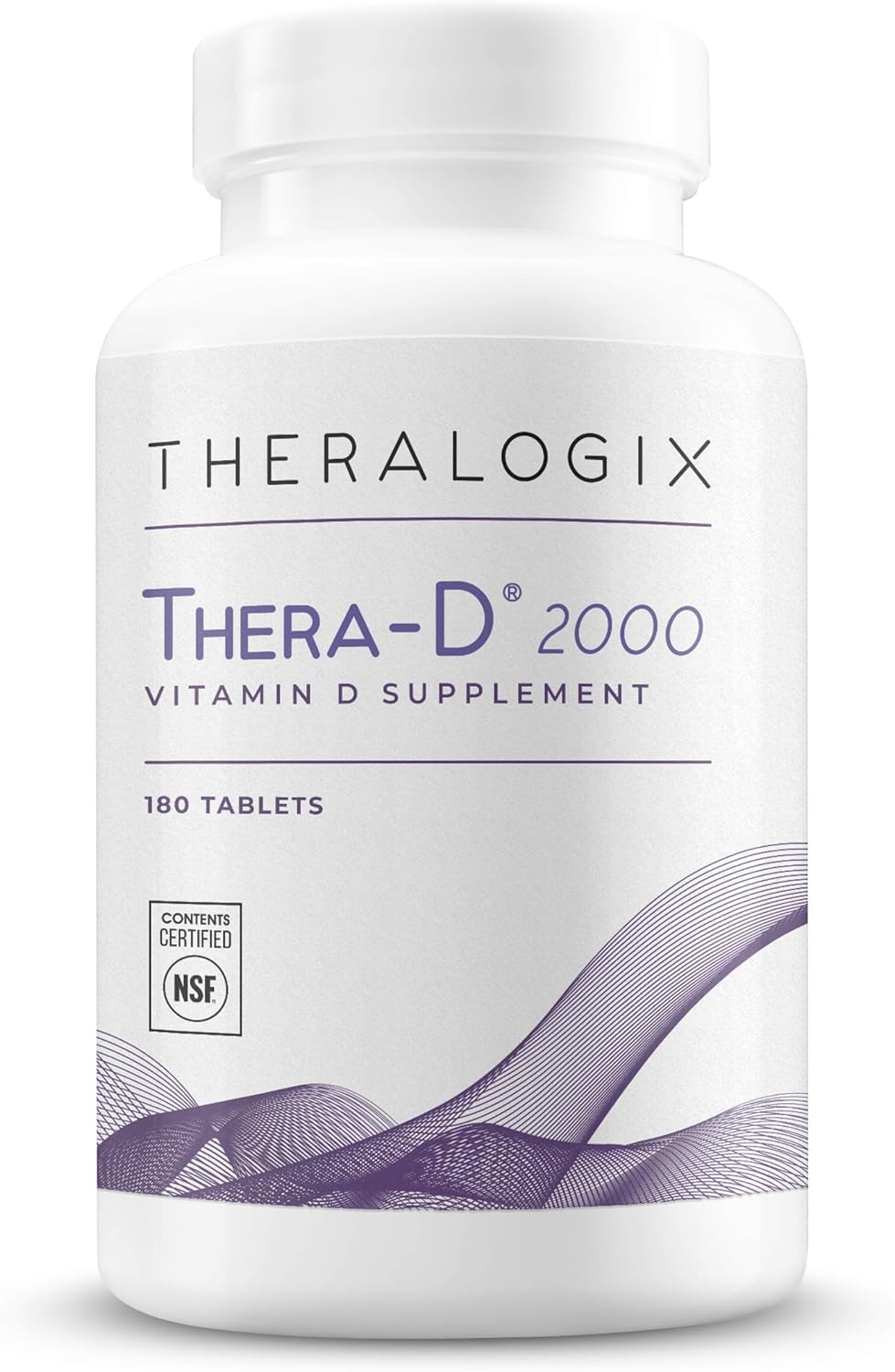






Price: $30.53
(as of Apr 06, 2025 21:00:00 UTC - Details)
What’s the Best Way to Take Vitamin D: A Comprehensive Guide
Introduction
Vitamin D is an essential nutrient that plays a crucial role in maintaining our overall health. Many people wonder, “What’s the best way to take vitamin D?” This question has become increasingly relevant, especially as more individuals are seeking ways to boost their immune systems and improve their well-being. In this article, we’ll explore various methods for taking vitamin D, including dietary sources, supplements, and lifestyle changes. We’ll also discuss the benefits of each method, ensuring you have all the information you need to make an informed choice.
Understanding Vitamin D
What is Vitamin D?
Vitamin D is a fat-soluble vitamin that our bodies need for various functions, including calcium absorption, immune system support, and bone health. It's often referred to as the "sunshine vitamin" because our bodies can produce it when our skin is exposed to sunlight. However, many people still struggle to get enough vitamin D, especially in regions with limited sunlight.
Why Do We Need Vitamin D?
Adequate vitamin D levels are essential for maintaining strong bones and a healthy immune system. It helps regulate calcium and phosphorus in our bodies, which are crucial for bone formation. Additionally, studies suggest that vitamin D may play a role in reducing the risk of certain diseases, including osteoporosis and some autoimmune conditions.
Best Ways to Take Vitamin D
1. Sunlight Exposure
Getting Vitamin D from Sunlight
One of the most natural ways to increase your vitamin D levels is through sunlight exposure. When your skin is exposed to UVB rays, it synthesizes vitamin D. Aim for about 15-30 minutes of sun exposure several times a week, depending on your skin type and where you live.
Tips for Safe Sun Exposure
- Try to get your sunlight during midday when UVB rays are most intense.
- Use sunscreen after 15-30 minutes to protect your skin from damage.
- Consider your location; those living in northern latitudes may need more sun exposure.
2. Dietary Sources of Vitamin D
Food Rich in Vitamin D
Incorporating vitamin D-rich foods into your diet is another way to ensure you're getting enough of this essential nutrient. Some excellent sources include:
- Fatty fish (salmon, mackerel, sardines)
- Cod liver oil
- Fortified dairy products (milk, yogurt)
- Fortified cereals
- Egg yolks
Creating a Vitamin D-Rich Meal Plan
To maximize your vitamin D intake, try to include a variety of these foods in your meals. For example, a breakfast of fortified cereal with milk and a lunch of salmon salad can significantly boost your vitamin D levels.
3. Vitamin D Supplements
Choosing the Right Supplement
For those who struggle to get enough vitamin D from sunlight and food, supplements can be an effective solution. There are two main forms of vitamin D supplements: D2 (ergocalciferol) and D3 (cholecalciferol). D3 is more effective in raising and maintaining overall vitamin D levels.
How to Take Supplements
- Follow the recommended dosage on the label or consult your healthcare provider.
- Take your supplements with a meal that contains fat to enhance absorption.
4. Understanding Dosage and Safety
How Much Vitamin D Do You Need?
The recommended dietary allowance (RDA) for vitamin D varies by age and health status. For most adults, it’s typically around 600-800 IU (International Units) per day. However, some individuals may require higher doses, especially if they have low blood levels of vitamin D.
Signs of Vitamin D Deficiency
It's essential to be aware of the signs of vitamin D deficiency, which may include fatigue, bone pain, muscle weakness, and mood changes. If you suspect a deficiency, consider getting a blood test to check your levels.
5. Lifestyle Changes for Better Vitamin D Absorption
Incorporating Healthy Fats
To enhance the absorption of vitamin D, incorporate healthy fats into your diet. Foods like avocados, nuts, and olive oil can help your body absorb fat-soluble vitamins more effectively.
Regular Exercise
Engaging in regular physical activity can also support your overall health and well-being, making it easier for your body to utilize vitamin D effectively.
Conclusion
In conclusion, figuring out “What’s the best way to take vitamin D?” involves a combination of sunlight exposure, a balanced diet rich in vitamin D, and possibly supplements if necessary. By understanding the various methods and incorporating them into your lifestyle, you can ensure that you maintain optimal vitamin D levels for your health. Whether it’s soaking up the sun, enjoying a delicious meal rich in vitamin D, or taking a supplement, there are plenty of options available to meet your needs. Remember, maintaining adequate vitamin D levels is a vital part of staying healthy, so take proactive steps to ensure you’re getting enough of this essential nutrient.
Support Bone & Heart Health: Numerous studies suggest optimal vitamin D levels aid heart and bone health, making Thera-D an ideal supplement*
Biologically Active Vitamin D3: Our vitamin D tablets provide the same biologically active form of vitamin D created in our bodies after direct sunlight exposure, without the risk of UVB’s*
Immune Support Supplement: Thera-D 2000 supports healthy immune function to help your body stay resilient with 2,000 IU (50 mcg) of vitamin D per tablet*
Purity Tested: Our USA-manufactured supplements are independently verified for potency and purity by NSF; gluten-free, dye-free, vegetarian, and made with premium ingredients
Purity Tested: Our USA-manufactured supplements are independently verified for potency and purity by NSF; gluten-free, no dyes, vegetarian, and made with premium ingredients
